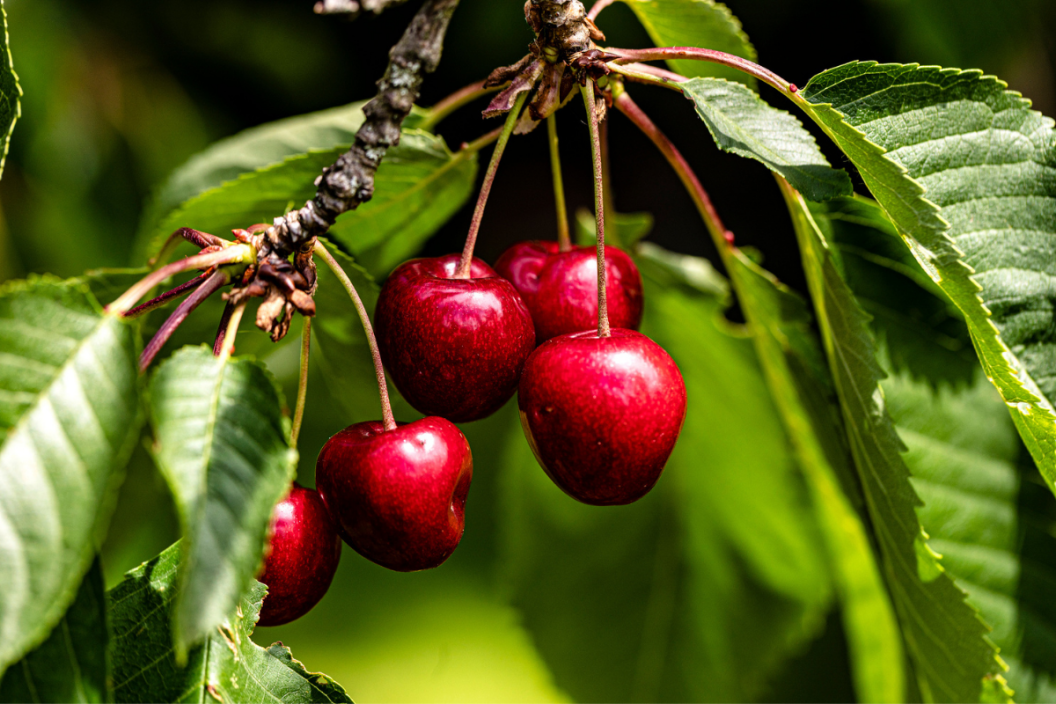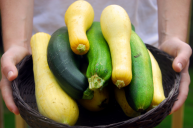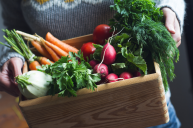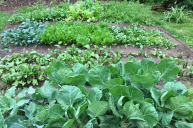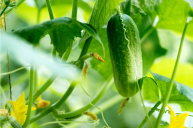Climate change is one of the biggest issues we face as humanity and it seems to affect every single aspect of our lives. From rising temperatures and extreme weather events to shrinking glaciers and severely impacting our food production. Food security is in grave danger and if we don't make some bold choices and fight climate change in every single way we possibly can, we are looking at a frightening future. And even though all of this is on a global scale, some foods are feeling the impacts of climate change way more than others.
The Relationship Between Climate Change and Food
Dangerous greenhouse gas emissions, deforestation, fossil fuels, pollution, and toxic fertilizers are all contributing to climate change and they're shaping agricultural productivity in the worst possible way. There are now massive crop reductions, new and damaging pathogens and diseases, dramatic risings of sea levels, reductions in biodiversity, and extreme weather events. These are all leading to slower rates of crop yields and overall food shortages, coupled with an increase in food prices.
In the last decade, you might have already heard of rich, blossoming trees barely able to produce any fruit, weird diseases wiping out whole vegetable species, or entire fields being scolded due to excessively high temperatures. These are just some of the examples which are changing our food ecosystem, leaving us to find new, more suitable areas for these crops to grow. This changes everything. From the ground up.
Almonds
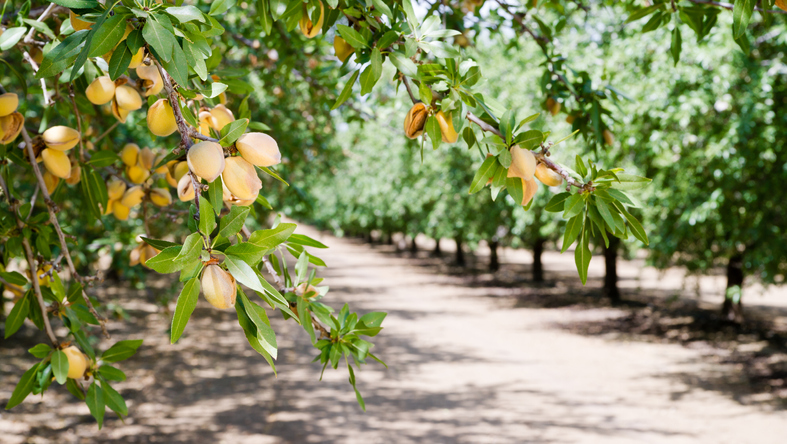
Getty Images
Did you know that 80% of the world's almond production comes from California? And now, with California facing droughts, wildfires, and water shortages, this crop is becoming endangered with each passing year. Researchers are trying to find new ways to adapt and think about moving the farms more north towards Oregon, Washington, and Canada which still have plenty of rainfall and could potentially help save this delicious crop.
Coffee
A staple many of us can't imagine living without is facing severe problems. Extreme weather changes such as higher temperatures and higher-than-average humidity levels have created the perfect conditions for the "coffee leaf rust" fungus. She makes it unable for the plant to photosynthesize and produce coffee berries.
Unfortunately, with the weather trends and changing climate only getting worse, the areas once known as the coffee belt may soon have to forfeit its name. Scientists predict that the constantly rising temperatures will reduce the area thought to be perfect for growing coffee by up to terrifying 50% by 2050. That's in less than 30 years! One of the ways to approach this is to move coffee production to Asia. But what does this mean for the taste and flavor?
Corn
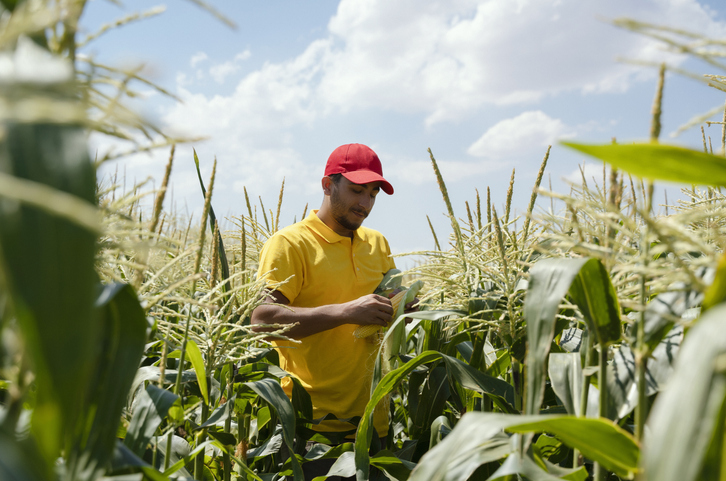
Getty Images
One of the most vital grains in the world, corn is extremely sensitive to warmer temperatures and water shortages. It seems that a global rise in temperatures of just 1C could actually slow its rate of growth by 7%. This is bad news for all the countries depending on corn as their vital crop; especially sub-Saharan Africa and Latin America. And not just the people surviving on corn to feed their families, but also thousands of farmers in developing countries who won't be able to sustain their farms without it.
Wine Grapes
Hard-to-predict weather patterns, higher temperatures, hail, severe drought, extensive precipitation, and other effects of climate change are endangering the world's production of wine. A recent study showed how a temperature rise of only 2C could shrink the areas suitable for growing wine grapes by an astonishing 56%.
Crop diversity seems to be the key to making agriculture more resilient to climate change, but there are huge risks with quality and taste, potentially changing the once well-known and loved wine notes into a completely different flavor. Scientists say that the climate crisis could make cooler wine-growing regions (Germany, Pacific Northwest, and New Zealand) better suited for warmer varieties of wine grapes like merlot and grenache. At the same time, varieties that grow better in cooler temperatures, such as pinot noir, could potentially expand into northern regions of the world that are not currently suitable for growing wine.
Will that be the ultimate answer for wine grapes going forward? It's hard to tell, but there's some hope in keeping up the crop production.
Cacao Beans
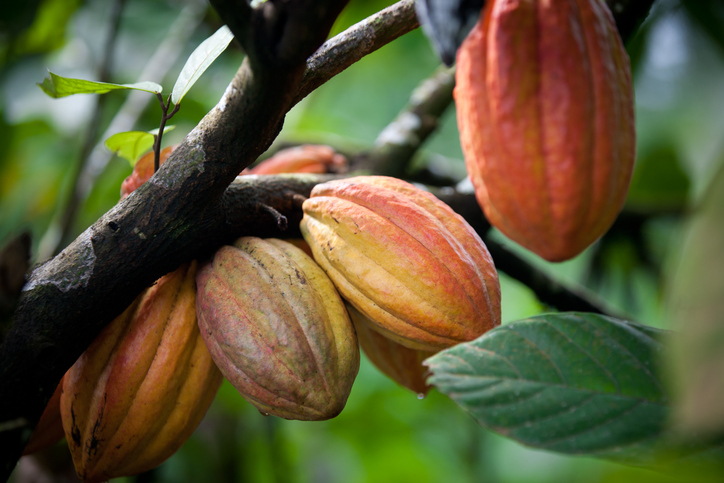
Getty Images
Chocolate lovers, you don't want to hear this, but heatwaves and lack of precipitation are causing the increase in evapotranspiration in the cacao trees, making them lose more water to the air and reducing their yield. This is not only terrible news for everyone who loves desserts but millions of people in Brazil and the developing countries of Africa who depend on this crop as one of their most important agricultural products.
Still, there is some good news. A study done by a team of ecologists in Peru showed that wild cacao might thrive in these new, warmer temperatures. Their findings show how the current suitable area is expected to largely remain suitable and to further expand in the future. More research needs to be done in this area, but for now, this does sound like a sliver of hope.
Seafood
Rising sea levels, as well as an increase in carbon dioxide levels, is making the oceans more acidic, threatening the whole sea world. Not only are these consequences of global warming deadly to fish larvae and planktons, diminishing their food supply, but acidification is also causing the shells of young oysters and other calcifying organisms to grow less and less sturdy over time.
And as much as the fish world is trying to adapt to this new acidic environment, it seems like they're failing. Studies show their inability to adapt, even if they decide to migrate to different areas. Additionally, rising CO2 levels in the oceans seem to directly alter neuron transmitters in fish brains, drastically modifying their behavior. It hinders their sense of smell, as well as their wariness, making them easier prey for predators.
Peaches and Cherries
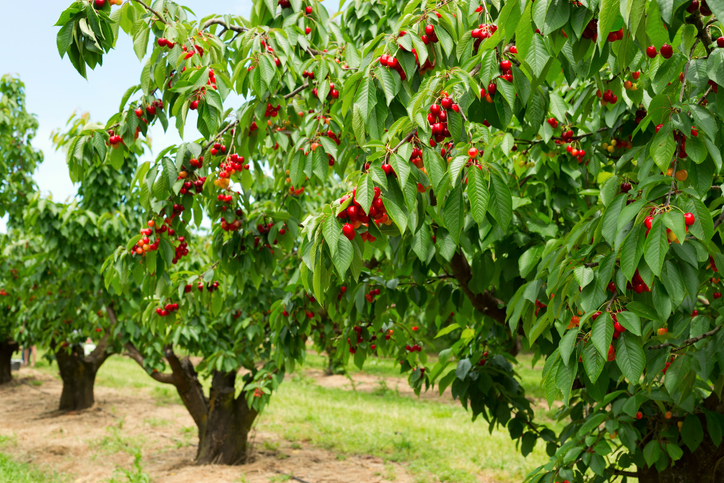
Getty Images
Global warming and climate change seem to threaten all stone fruit. During winter, their trees are supposed to get an adequate amount of "chilling hours" in order to reliably grow and form. With these chilling hours dropping down almost 30% in Georgia and other parts of the world, the crop yields are reduced and drastically slowed down, causing the fruit to never fully form. This is causing scientists to try breeding new species of stone fruit which will survive shorter and warmer winters that are ahead of us.
What are some solutions to climate change?
Just last year the USDA introduced three new varieties of peaches that require relatively low "chill time," making it possible for them to thrive in this new, hotter ecosystem.
Global warming and climate change are definitely affecting our entire food system and global food security. From the coffee farms in Brazil and cacao beans in Ghana to peaches in Georgia and seafood all around the globe. It's impacting our diets, livelihoods, health, and longevity. Moving farms, fish migrations, and even breeding new species of fruit and vegetables might be a temporary solution, but the question remains, for how long?
READ MORE: This $8 Thumb Knife is the Laborsaving Gadget Gardeners Can't Stop Talking About
